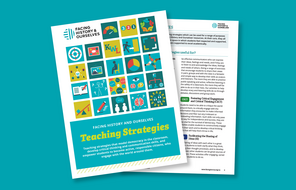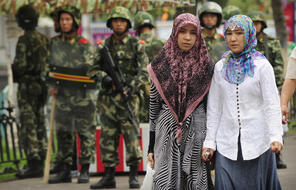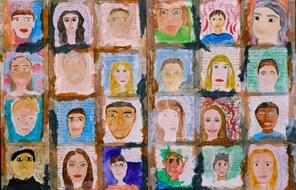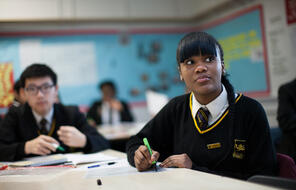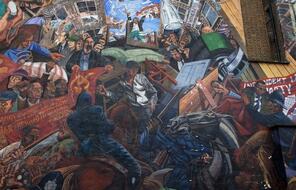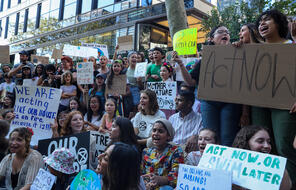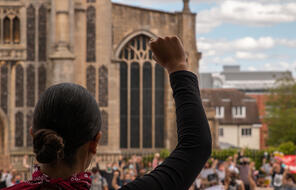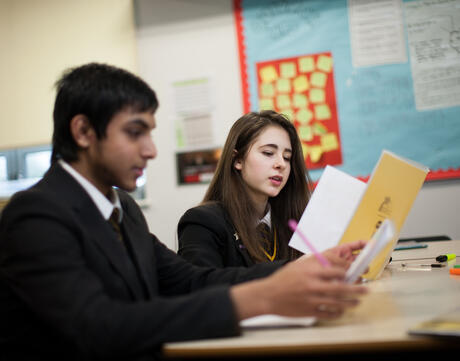
Confronting Islamophobia
Overview
About This Lesson
This is the first lesson in a unit designed to help teachers have conversations with their students about contemporary Islamophobia in a safe, sensitive and constructive way. Use these lessons to help your students reflect on Islamophobia – how it manifests in contemporary society and its impact – and consider what needs to be done to challenge it.
This lesson, which frames the focus of the unit, explores how Islamophobia manifests in the present day, and its impact. The activities help students to understand that Islamophobia is a form of both racism and religious prejudice with deep historical roots; to learn about the history of anti-Muslim and anti-Islamic sentiment (what we call Islamophobia today); to reflect on the human cost of Islamophobia and how it impacts those who experience it; and to start thinking about the process of standing up against Islamophobia.
It is important to note that Islamophobic ideas and tropes are in wide circulation in society – they are spread on social media, in the mainstream media, and by public figures and politicians. This mainstream acceptance of Islamophobia, and the fact it spans across political and social classes, has led to it being described as a ‘dinner table prejudice’, 1 which highlights how Islamophobic ideas do not face public censure: in essence, they are not controversial to discuss at the dinner table when contentious topics are often avoided.
Given the widespread acceptance and circulation of Islamophobic ideas and views, it is vital that young people learn about this form of prejudice. Educating young people about Islamophobia – its racial and religious elements, its history and how it appears in the present day – can help them better understand how such prejudice manifests and how it can be challenged.
We recommend that you revisit your classroom contract before teaching this lesson. If you do not have a class contract, you can use our contracting guidelines for creating a classroom contract or another procedure you have used in the past.
- 1Stephen H. Jones and Amy Unsworth, The Dinner Table Prejudice: Islamophobia in Contemporary Britain, University of Birmingham, 27 January 2021, accessed 3 October 2022. The connection between Islamophobia and its acceptance in dinner table conversations was first made by Baroness Sayeeda Warsi in 2011, who stated that prejudice against Muslims had passed ‘the dinner table test’. ‘Baroness Warsi says Muslim prejudice seen as normal’, BBC News, 20 January 2011, accessed 3 October 2022.
Preparing to Teach
A Note to Teachers
Lesson Plans
Activities
Extension Activities
Materials and Downloads
Quick Downloads
Download the Files
Resources from Other Organisations
Confronting Islamophobia
Unit Overview: Discussing Contemporary Islamophobia in the Classroom
Exploring Islamophobic Tropes
Unlimited Access to Learning. More Added Every Month.
Facing History & Ourselves is designed for educators who want to help students explore identity, think critically, grow emotionally, act ethically, and participate in civic life. It’s hard work, so we’ve developed some go-to professional learning opportunities to help you along the way.
Exploring ELA Text Selection with Julia Torres
On-Demand

Working for Justice, Equity and Civic Agency in Our Schools: A Conversation with Clint Smith
On-Demand

Centering Student Voices to Build Community and Agency
On-Demand







